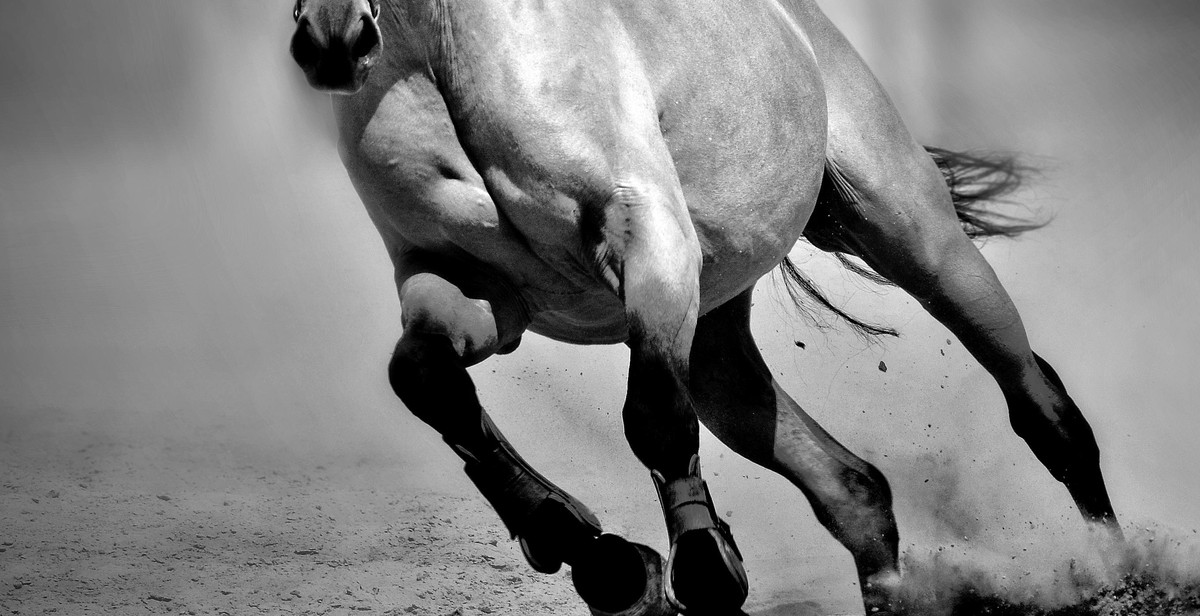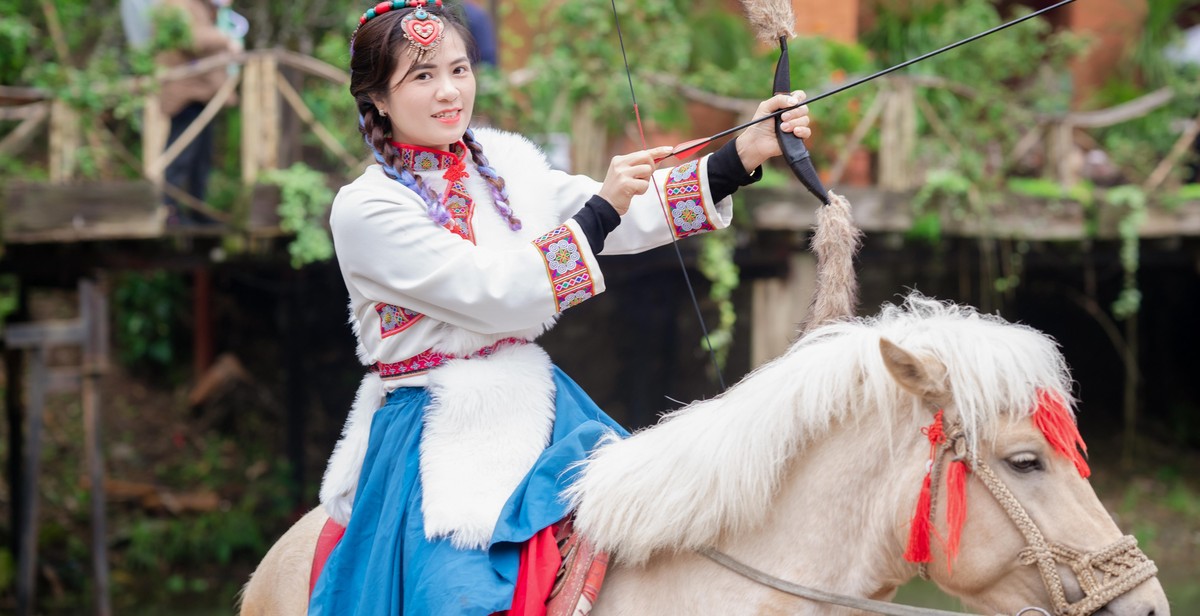How to Evaluate a Horse for Purchase: Key Considerations when Buying a Horse
Buying a horse can be an exciting and rewarding experience, but it’s important to know how to evaluate a horse before making a purchase. Whether you’re a seasoned equestrian or a first-time buyer, there are several key considerations to keep in mind when evaluating a horse for purchase. In this article, I will share my personal experience and provide expert advice on how to evaluate a horse to ensure that you make the best possible decision.
Factors to Consider When Evaluating a Horse
When evaluating a horse, there are several factors to consider, including:
- Temperament and Personality
- Conformation and Movement
- Health and Soundness
- Training and Experience
- Intended Use
Each of these factors plays an important role in determining whether a horse is a good fit for you and your needs. By taking the time to evaluate a horse thoroughly, you can avoid potential problems down the road and ensure that you and your new equine companion enjoy a happy and successful partnership.
Temperament and Personality
One of the most important factors to consider when evaluating a horse is its temperament and personality. A horse’s temperament can greatly affect its suitability for different types of riders and activities. Some horses are naturally calm and quiet, while others are more high-strung and excitable. It’s important to choose a horse whose temperament matches your personality and riding style.
| Pros | Cons |
|---|---|
| Easy to handle and train | May lack energy and drive |
| Relaxed and calm under pressure | May be too laid-back for some riders |
| Well-suited for beginners and novice riders | May not be suitable for advanced riders or competitive events |

Experience Matters
When it comes to evaluating a horse for purchase, experience matters. It’s essential to have a knowledgeable and experienced trainer or instructor to guide you through the process. They can help you evaluate the horse’s conformation, movement, temperament, and overall suitability for your needs.
Choosing a Trainer or Instructor
Choosing the right trainer or instructor is crucial when evaluating a horse for purchase. Look for someone who has experience in your discipline and has a good reputation in the industry. Ask for references and check their credentials. A good trainer or instructor can spot potential issues with a horse that an inexperienced eye might miss. They can also help you understand what to look for when evaluating a horse’s suitability for your needs.
Attending Horse Shows
Attending horse shows is another way to gain experience and knowledge when evaluating horses. Watching classes in your discipline can help you understand what judges look for and what makes a successful horse. You can also observe horses in action, which can give you a better idea of their movement and temperament. Talking to other horse owners and trainers at shows can also provide valuable insights into the horse-buying process.
| Benefits | Explanation |
|---|---|
| Observing Horses in Action | Watching horses in a competitive environment can give you a better idea of their movement and temperament. |
| Learning From Judges | Watching classes in your discipline can help you understand what judges look for and what makes a successful horse. |
| Networking Opportunities | Talking to other horse owners and trainers at shows can provide valuable insights into the horse-buying process. |
Ultimately, experience is the key to evaluating a horse for purchase. Working with a knowledgeable trainer or instructor and attending horse shows can provide valuable insights into the horse-buying process and help you make an informed decision.

Assessing Conformation
When evaluating a horse for purchase, assessing conformation is a crucial step. Conformation refers to the horse’s physical structure, including its body proportions, legs and feet, muscling and condition, as well as soundness and health.
Body Proportions
The horse’s body proportions are an essential factor in its performance and suitability for specific disciplines. A well-proportioned horse should have a balanced appearance, with a neck that is in proportion to its body, a level topline, and a deep girth. The horse’s shoulder and hip should be at a similar angle, allowing for a fluid and efficient movement.
Legs and Feet
The horse’s legs and feet are critical for its soundness and longevity. When evaluating a horse, look for straight, well-aligned legs with no obvious lumps or bumps. The hooves should be well-shaped, with no cracks or flares. It’s important to examine the horse’s legs and feet both at rest and in motion to identify any lameness or unevenness.
Muscling and Condition
The horse’s muscling and condition can provide insight into its level of fitness and training. A well-muscled horse is typically stronger and more capable of performing challenging tasks. However, it’s essential to consider the horse’s overall condition, including its weight and coat condition. A healthy, shiny coat and appropriate weight are signs of a well-cared-for horse.
Soundness and Health
A horse’s soundness and health are critical factors in its suitability for purchase. Look for signs of past injuries or surgeries, such as scars or swelling. It’s also important to check for any signs of lameness, including uneven movement or reluctance to bear weight on one leg. A veterinarian should perform a thorough pre-purchase exam to identify any underlying health issues.
| Body Proportions | Legs and Feet | Muscling and Condition | Soundness and Health |
|---|---|---|---|
| Neck in proportion to body Level topline Deep girth Shoulder and hip at similar angle |
Straight, well-aligned legs No lumps or bumps Well-shaped hooves |
Well-muscled Healthy, shiny coat Appropriate weight |
No past injuries or surgeries No signs of lameness Thorough pre-purchase exam by veterinarian |

Evaluating Movement
When evaluating a horse for purchase, one of the most important factors to consider is their movement. The way a horse walks, trots, and canters can give you a lot of information about their overall health, soundness, and potential for the discipline you have in mind. Here are some key things to look for:
Walk
Firstly, observe the horse’s walk. A good walk should be relaxed, fluid, and ground-covering. The horse should be willing to move forward with a relaxed head and neck, and their steps should be even and rhythmic. Look for a horse with a good overstep – this means that their hind foot steps beyond the print left by their front foot. This is a sign of good engagement and impulsion from the hindquarters.
Trot
Next, evaluate the horse’s trot. A good trot should be energetic, balanced, and rhythmic. The horse should be willing to move forward with impulsion from the hindquarters, lifting their shoulders and using their back well. Look for a horse with a good length of stride – this means that they cover a lot of ground with each step. This is a sign of athleticism and potential for dressage or jumping.
Canter
Finally, assess the horse’s canter. A good canter should be uphill, balanced, and rhythmic. The horse should be able to maintain a steady pace without breaking into a trot or gallop. Look for a horse with a good lead – this means that they are leading with the correct leg, which is important for balance and impulsion. A horse with a good canter is likely to excel in disciplines such as dressage, jumping, or eventing.
Overall, when evaluating a horse’s movement, look for balance, rhythm, impulsion, and athleticism. A horse with good movement is more likely to stay sound and perform well in their chosen discipline.

Temperament and Personality
When evaluating a horse for purchase, it is important to consider their temperament and personality. This can greatly affect their suitability for different types of riders and disciplines.
Under Saddle
One of the most important factors to consider when evaluating a horse’s temperament under saddle is their response to pressure and cues from the rider. A good horse should be responsive to the rider’s aids and willing to perform the requested movements.
It is also important to consider the horse’s energy level and work ethic. Some horses may be naturally more energetic and require a more experienced rider to handle them, while others may be more laid-back and suitable for beginners.
On the Ground
When evaluating a horse’s personality on the ground, it is important to consider their behavior around people and other animals. A good horse should be friendly and approachable, with a willingness to interact with their handlers.
It is also important to consider any vices or bad habits the horse may have, such as biting or kicking. These behaviors can be difficult to correct and may make the horse unsuitable for certain types of riders or disciplines.
Conclusion
Overall, evaluating a horse’s temperament and personality is crucial when making a purchase decision. It is important to consider both their behavior under saddle and on the ground to ensure they are a good match for the rider’s needs and experience level.

Conclusion
Buying a horse is a significant investment, and it’s crucial to make an informed decision. Evaluating a horse requires a careful examination of various factors, including the horse’s conformation, temperament, health, and training.
It’s essential to take your time and not rush the process. Ask questions, observe the horse in different situations, and seek professional help if necessary.
Remember that no horse is perfect, and you’ll need to prioritize what’s most important to you. A horse that meets your needs and is a good fit for your skill level and riding goals is worth its weight in gold.
Finally, always have a pre-purchase exam performed by a qualified veterinarian before making a final decision. This will help identify any health issues that may not be immediately apparent and ensure that you’re making a sound investment.
Key Takeaways
- Evaluate a horse’s conformation, temperament, health, and training before making a purchase.
- Take your time and don’t rush the process.
- Ask questions, observe the horse in different situations, and seek professional help if necessary.
- Remember that no horse is perfect, and you’ll need to prioritize what’s most important to you.
- Always have a pre-purchase exam performed by a qualified veterinarian before making a final decision.
By following these key considerations, you’ll increase your chances of finding the perfect horse for you and enjoy a long and rewarding partnership with your equine companion.
